Julian Bachur
Year of birth: 2000.
Where do you live: Poznan, Poland.
Your education: Magdalena Abakanowicz University of the Arts Poznan (the Faculty of Painting), Poznan University of Technology (Mechatronics, Virtual Design Engineering).
Your discipline: painting.
Instagram
Your works are described as an exploration of the soul and spirituality. Can you elaborate on how these themes influence your choice of colors and forms in your paintings?
When I paint, I materialize my emotions and transfer them onto the canvas. My works are the result of a continuous internal dialogue. As you can see, the primary means of expression in my paintings is color and how it is used. I’ve always been captivated by color, both in daily life and, for example, in the work of other artists. The choice of colors and their symbolism plays a crucial role in how my pieces are perceived. Often, before I even begin painting, I envision the color palette and the impression I wish to evoke. I enjoy using vibrant, pure colors, but I also blend them with unexpected tones of somber browns or greens. I also focus not only on the color itself but also on the application of paint. The gestures I use while painting are very expressive, sometimes even aggressive. I enjoy applying thick and dense layers of paint and mixing them on the canvas with other still-wet shades. Creating my paintings involves layering various colors and forms repeatedly to achieve a sense of depth—an effect where each layer seems to hide another, making it feel as though the exploration never truly ends. This is why you might notice subtle hints of color emerging from beneath the surface, though they are never in random places. Balancing these hues and the shapes they fill is a critical part of my process. My paintings are deeply expressive and emotional, yet each stroke and shade is thoughtfully placed on the canvas. The arrangement of particular forms and hues is intended to create tension and drama, to contrast and clash with one another. However, all these elements come together to form a cohesive and unified composition.
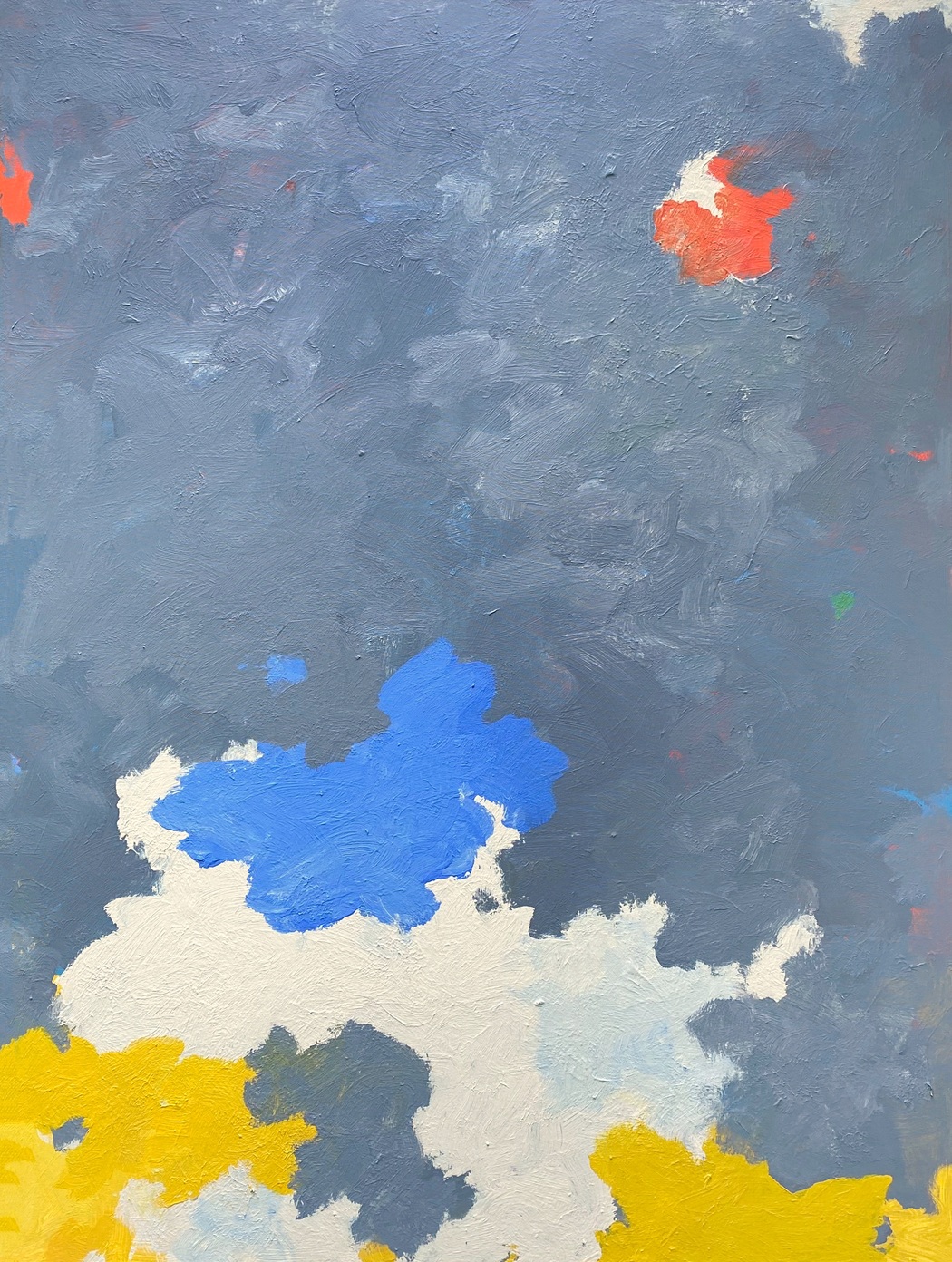 Julian Bachur | I Threw a Brick at the Window | 2024
Julian Bachur | I Threw a Brick at the Window | 2024
Your paintings often reimagine organic shapes to connect the tangible with the elusive. What inspires this interplay between the real and the abstract?
Our understanding of reality is influenced by our subjective experiences and emotions. By blending the tangible with the abstract, I aim to capture the essence of how we internalize and interpret our surroundings, creating a visual language that resonates with the viewer’s own perceptions and feelings. The abstract elements in my work often represent internal landscapes and emotional states, which are triggered by specific situations or experiences. By juxtaposing these abstract elements with recognizable forms, I explore the tension and connection between our external reality and internal experiences, reflecting the complexity of the human psyche. This interplay between the real and the abstract is a way to bridge the gap between our concrete experiences and the more elusive, subjective realms of thought and feeling. It invites viewers to engage with the artwork on multiple levels, encouraging a dialogue between what is seen and what is felt. Forms and colors spread into reality to entwine the viewer. I want to lure him into my world in order to find a piece of himself.
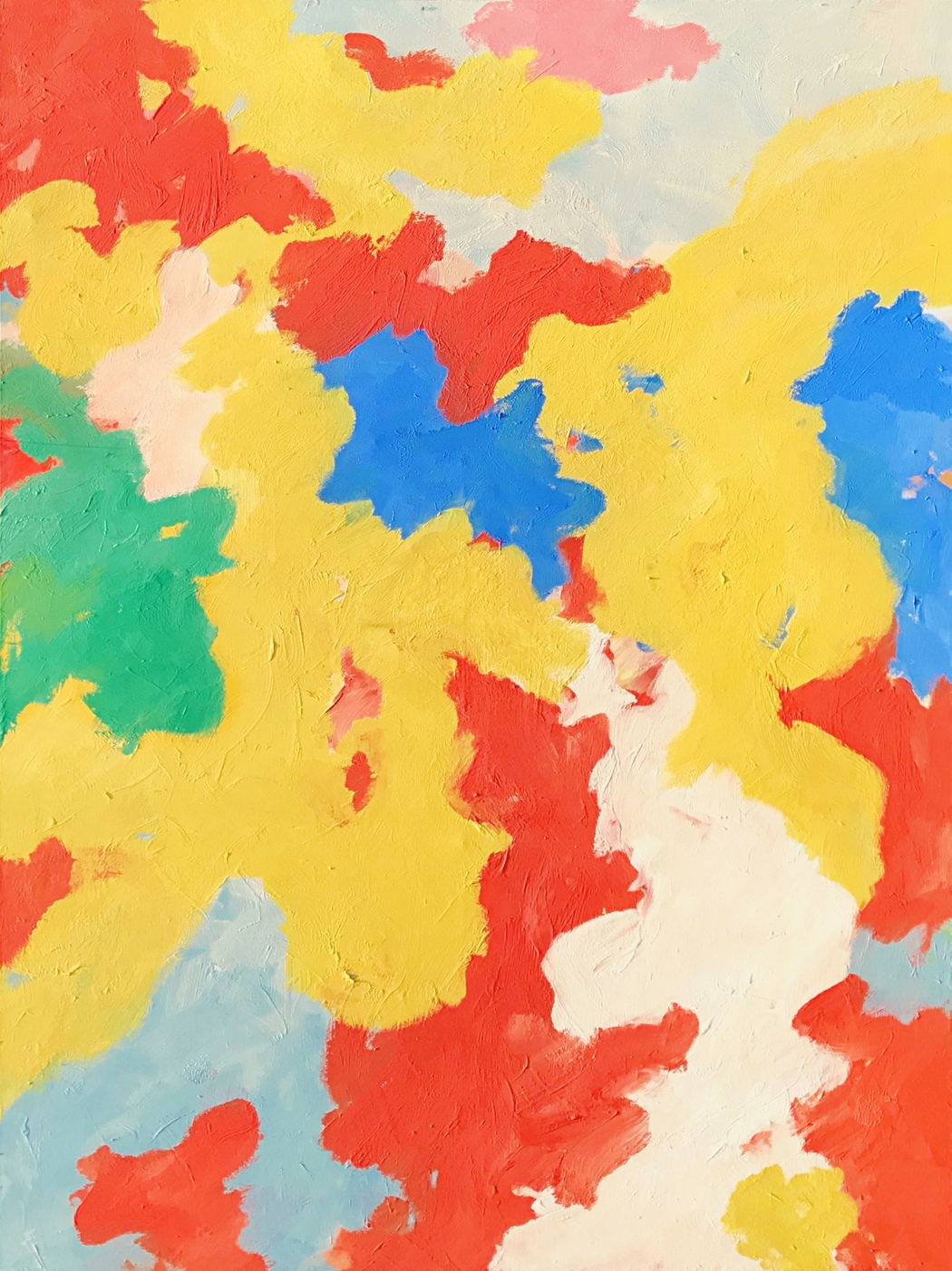 Julian Bachur | Yellow Figure | 2023
Julian Bachur | Yellow Figure | 2023
You participate in various art competitions like Arte Laguna Prize in Venice and Bielska Jesien Biennale. How do these experiences shape your creative process?
I think that all kinds of art competitions are an excellent opportunity for both young and experienced artists to showcase their work. As a creator, I see them as a platform where I can present my paintings to a broader audience. However, they are not my primary motivation for creating. On the other hand, these competitions provide a cross-section of artistic work from around the world, so they are undoubtedly a source of inspiration. I am open and always eager to share my work and engage with the artistic community. I believe that such confrontation is positive and contributes to further artistic development.
The titles of your works are known to be ambiguous, encouraging multiple interpretations. How do you decide on the titles, and what role do they play in guiding the viewer’s experience?
I believe that a title, in addition to being a way to identify a painting, also serves as a form of complementing the work. Sometimes the title comes to my mind during the creative process itself, but there are times when it takes a while to find the right name that fits the piece. The process of painting is very important to me; the painting lives within me before, during, and after its creation. Similarly, with the title, fragments of words constantly swirl in my mind. However, when I finally come up with the name, I always feel that it’s the right one. It’s hard to describe exactly, but there’s an immediate connection between the painting and the title, as if they had existed together from the very beginning. That’s why, if I have even the slightest doubt that the name might not be adequate for the painting, I let it rest and come back to it later. Depending on the specific work and what I wanted to express, some titles are more or less literal than others. Especially when working on my latest series of abstract pieces, I want the titles to be ambiguous, sometimes playful and poetic, and to reflect the mood of the painting, which in turn encourages the viewer to form their own interpretation. I believe that a title often provides context that can help in interpreting the work, but it’s important to ensure that it doesn’t overshadow the painting itself. I want the title to provoke and make the viewer think, rather than provide a ready-made answer.
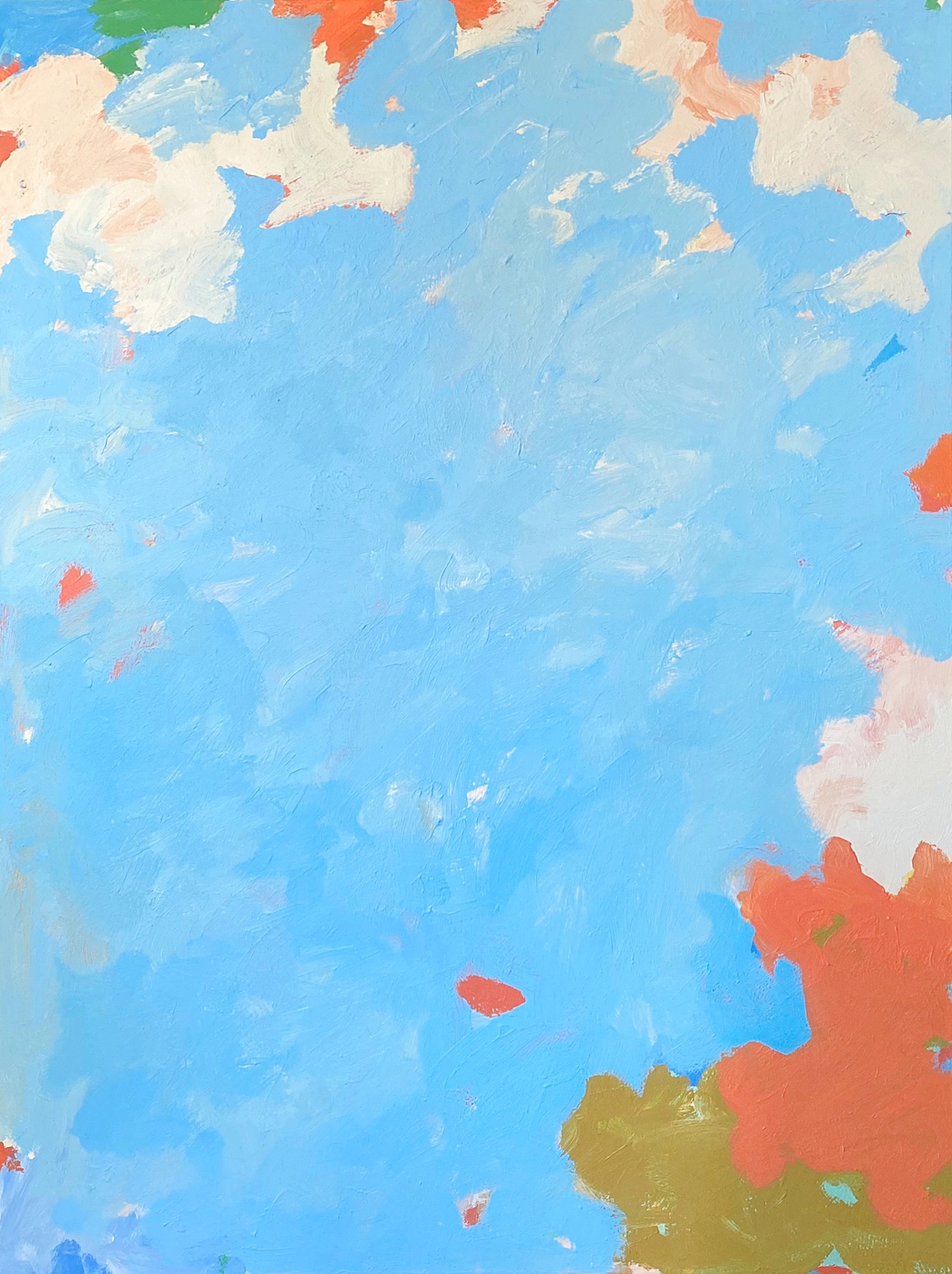 Julian Bachur | The Three Days | 2023
Julian Bachur | The Three Days | 2023
Your art seems to ask more questions than provide answers. What are some of the questions you find yourself repeatedly exploring through your work?
The inspiration and impulse for my painting come from everyday life and observations of the world around me. The issues I explore often involve universal themes, such as human relationships or the passage of time. However, I believe it’s not always about finding answers to the questions posed; it’s about the journey itself and the contemplation of the issue at hand. My works are the result of this kind of internal dialogue over various problems. The painting itself is really just a starting point for reflection, serving as a bridge between the artist and the viewer. I might even go so far as to say that it’s not really about the painting itself, but about the viewer. That’s where the art truly happens.
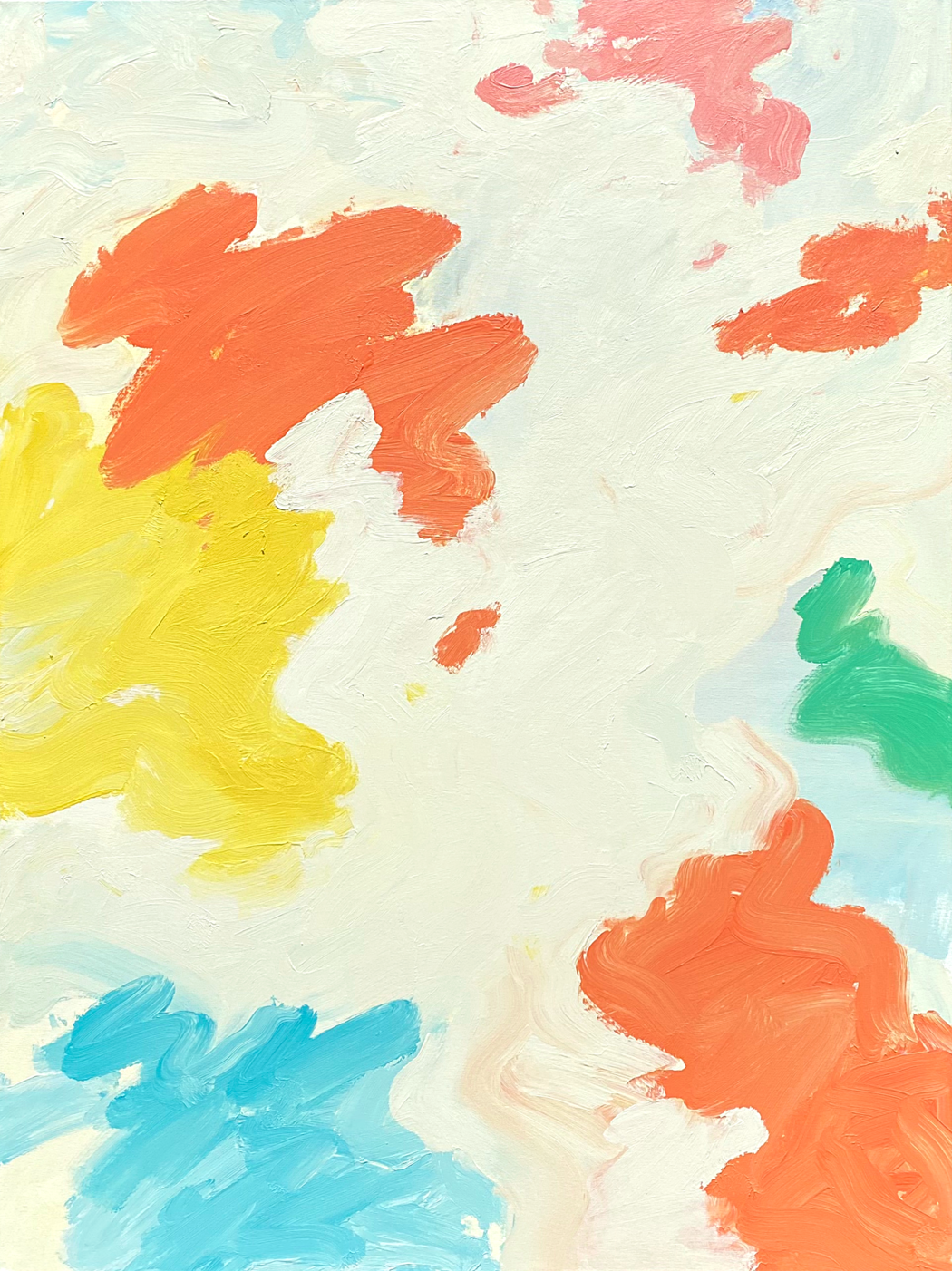 Julian Bachur | The Last Cigarette | 2024
Julian Bachur | The Last Cigarette | 2024
Can you discuss a specific painting where your emotions and frustrations were particularly influential in its creation?
In reality, each of my works is a result and reflection of a collection of my emotions during a particular period and the events surrounding my life. I believe that some of these aspects should remain unsaid, preserving an air of mystery. However, I strive for my intimate and personal experiences to serve as a starting point and a trigger for deeper contemplation. I want the painting to be universal, allowing the viewer to partially create their own narrative. When I work, I am accompanied by a range of emotions, from joy to anger or frustration. I often grapple with the painting, as reds and blues tremble and intertwine in forceful brushstrokes. The creation process can be very brief at times, while at other times it lasts for many days. It is a record of my thoughts and emotions; even what lies beneath many layers of paint is as important as what is ultimately visible on the surface. As I mentioned earlier, the viewer should develop their own interpretation of the finished work, as they might see something entirely different than I do. And I think that is precisely what it’s all about.

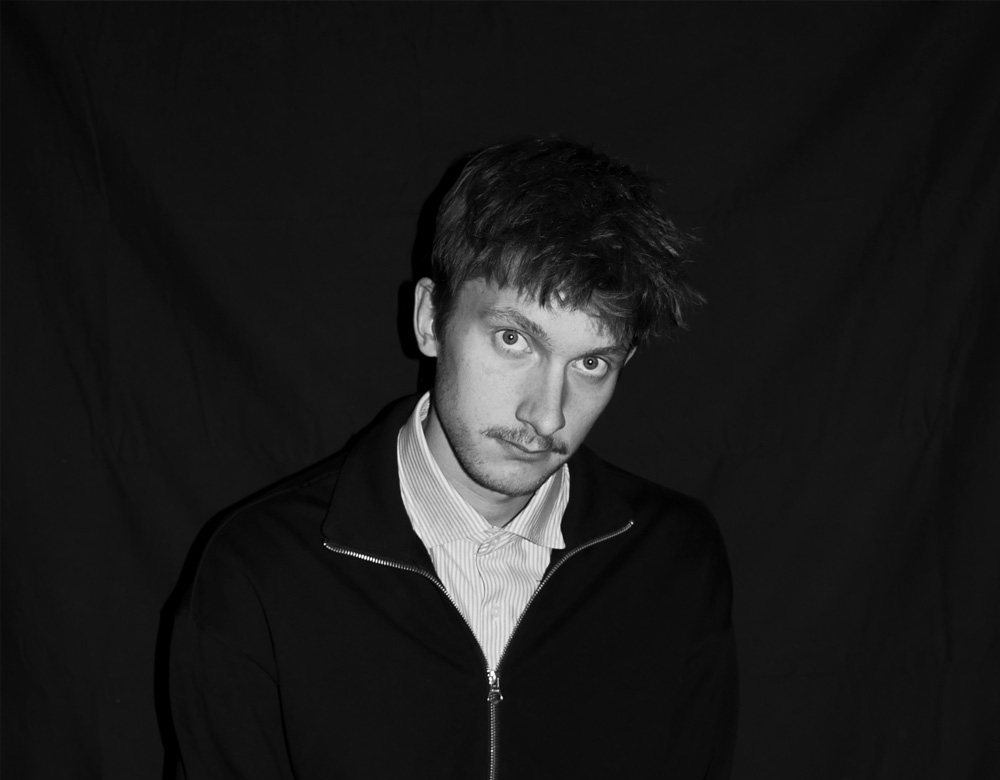
Leave a Reply